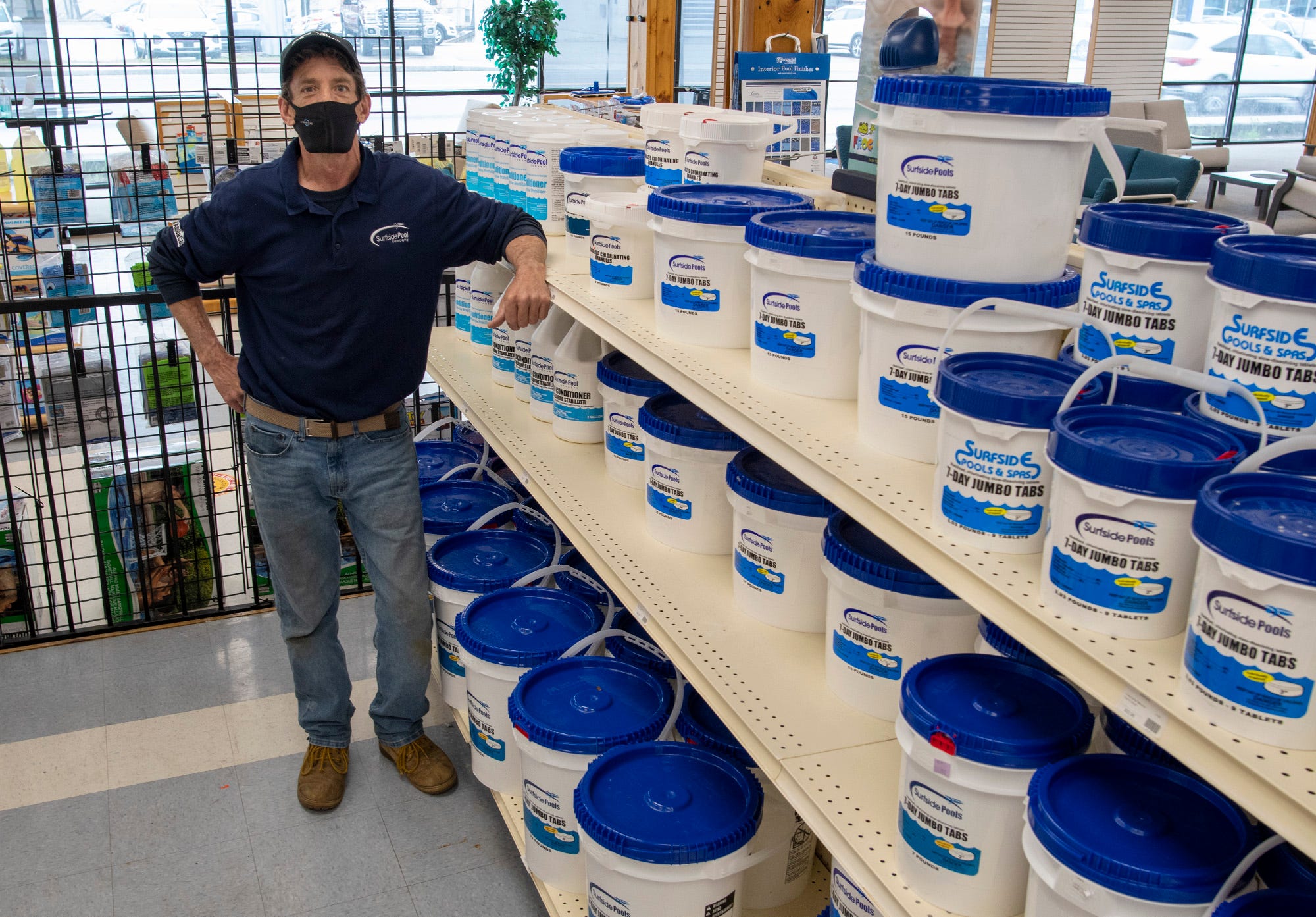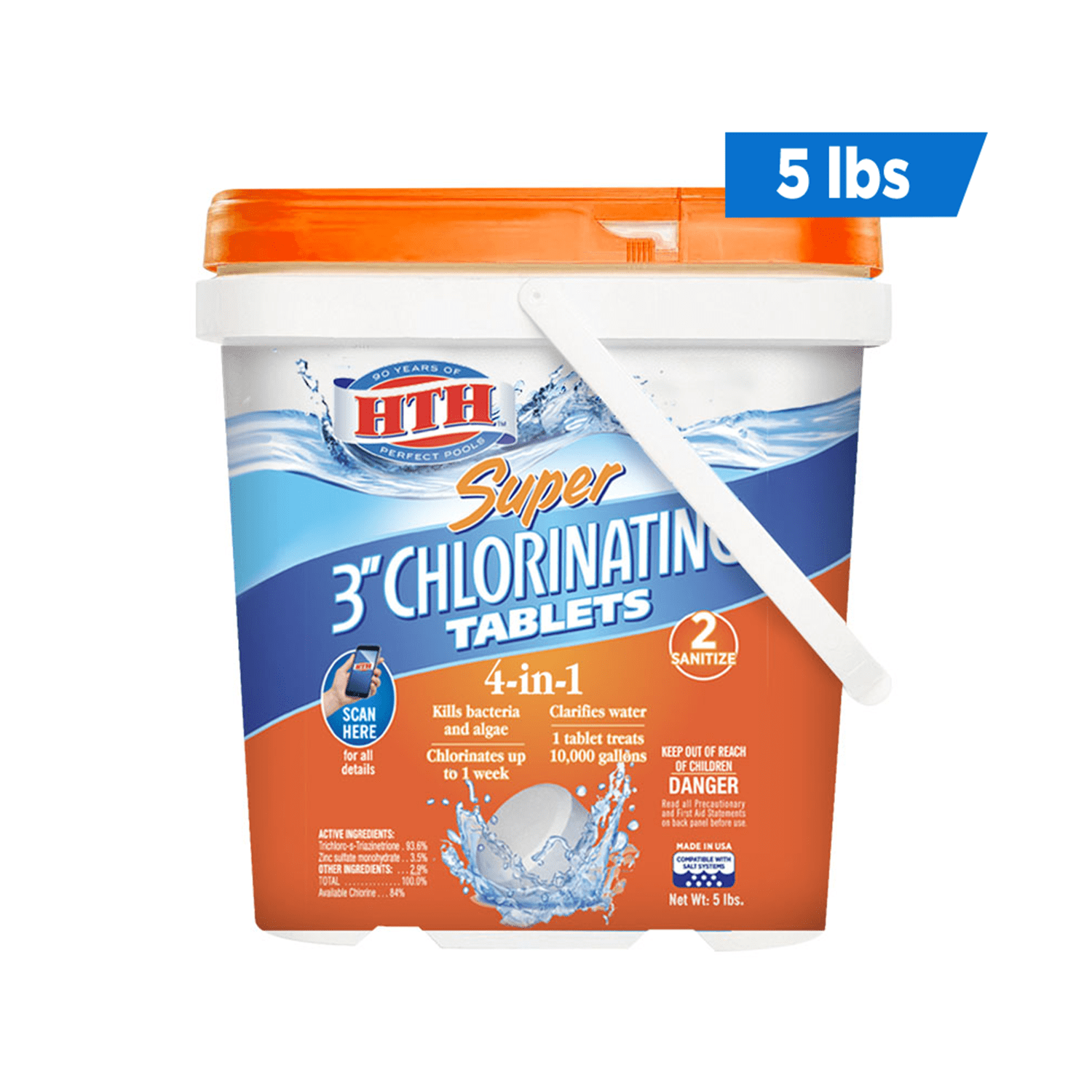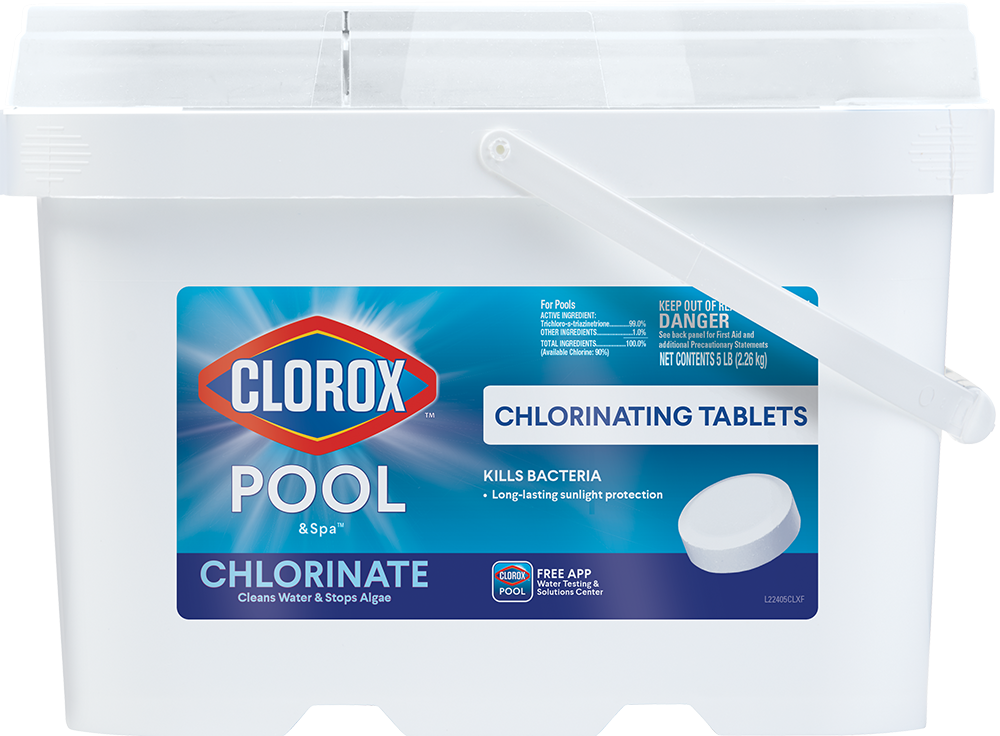
Used regularly, RID-X ® helps break down the solid waste in your septic tank. Yes, the average recommended time between septic tank pumpings is 2–3 years, depending on the rate of sediment build-up, family size, and other factors. Only liquid drain cleaners are safe for septic systems. Cleaning products containing ammonia, as well as pure ammonia, are also safe for septic system use in small amounts. Products containing bleach are safe for use with septic systems in small amounts. The Best Products to Use for Cleaning Homes With Septic Systems One may also ask, what cleaning products are safe to use with septic systems?

One study found that it took nearly two gallons of liquid bleach but only about a teaspoon of chemical drain cleaner to kill the beneficial bacteria in a septic tank. But even a little drain cleaner may be terrible. The tablet does not harm the septic tank.Īlso, can I use bleach with a septic system? Chlorine bleach in moderate amounts isn't as bad for a septic system as you may have heard. To sanitize, clean and deodorize, simply drop a tablet in the toilet tank and let it do its work. Similarly, are Clorox tablets safe for septic tanks?Ĭlorox Automatic Toilet Bowl Cleaner tablet cleans and deodorizes with the power of bleach and kills 99.9% of household bacteria in the toilet bowl water. Step 2 in a 3-step system designed for simple pool maintenance. Pool chemicals help keep pools squeaky clean and ready for use. However, in the marketing of Clorox® Toilet Bowl Cleaner and other products the company claims that bleach is safe to use in septic systems. Clorox® Pool & Spa Active99 3' chlorinating tablets, Step 2 Chlorinate, chlorinates pools to properly sanitize, kill harmful bacteria, and control algae. Swimming pool chlorine has been the most widely accepted method of disinfecting and sanitizing pool water for over 75 years. If concentrations and pH levels are maintained correctly, chlorine kills most bacteria in less than a minute. Sometimes dispensers can get stuck in one area of the pool, which can discolor your liner over time.Harsh, toxic chemicals can actually kill the “healthy bacteria” that thrive inside your septic system and naturally break down the waste inside the tank. Lets face it, pool care is important to all pool owners. You can also purchase a floating chlorine dispenser, although this isn’t ideal if you have a pool liner. You’ll instead add them to your pool skimmer, which will have the water gradually move over them as it passes through your filter when it’s on.



Unfortunately, even a slight drop in chlorine concentration can throw your pH balance off and lead to that dreaded green water.Ĭhlorine tablets are an easy way to give your water that steady release of chlorine you’ll need to maintain a healthy balance. You’ll need to keep the chlorine level above 1 ppm to battle any bacteria and germs present in the water. Chlorine keeps algae at bay, letting you maintain a healthy pH balance that protects against pollutants. Once pool water has turned, it can be tough to get it back on track again so that you can once again safely go for a swim.Įnter chlorine. If you’ve ever owned a pool, you know all about the dread that comes with pool water turning green. When that body of water is a swimming pool, bacteria and algae become a real problem. If a pond has wildlife like fish, that can help, but fish waste and decomposing plant material can still lead to algae unless the right balance is there. Any body of still water is prone to algae, as well as dangerous bacteria like E.


 0 kommentar(er)
0 kommentar(er)
